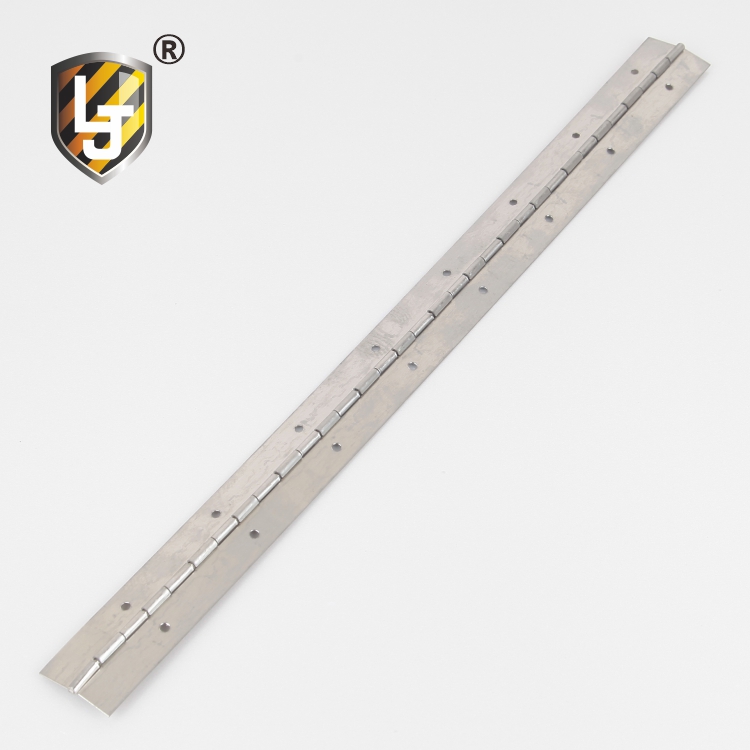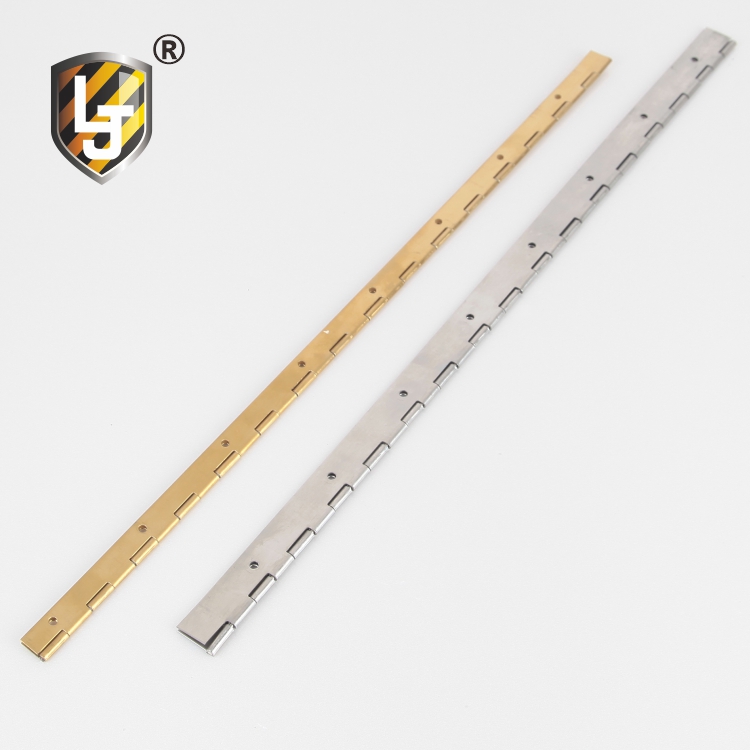What is A Piano Hinge
In the world of hardware accessories, piano hinges stand out for their unique design and multifunctional capabilities. From their materials to the finishes and sizes available, piano hinges offer a versatile solution for seamless movement and stability in a wide range of applications. In this article, we will delve into the fascinating world of piano hinges, exploring their concept, materials, finishes, and sizes, and highlighting their importance in various projects.
At its core, a piano hinge, also known as a continuous hinge or continuous geared hinge or long hinge, is a type of hinge that runs the entire length of a door or lid. It is aptly named after its common use in pianos, where it connects the lid to the main body. The concept behind a piano hinge lies in its interlocking leaves, which provide a continuous pivot point for smooth and silent movement. This design ensures stability, durability, and a seamless aesthetic appeal, making piano hinges a popular choice for many applications.

Piano hinges are crafted from durable materials, ensuring their longevity and ability to withstand heavy loads. The most common materials used for piano hinges include stainless steel, brass, and aluminum. Stainless steel offers excellent strength and corrosion resistance, making it suitable for both indoor and outdoor applications. Brass provides an elegant and classic appearance, often chosen for decorative purposes. Aluminum, on the other hand, offers a lightweight option without compromising on strength, making it ideal for projects where weight is a consideration.
Except for its materials, piano hinges come in various finishes, allowing for customization and integration with different design aesthetics. Stainless steel hinges can be polished to a high shine or brushed for a sleek, modern look. Brass hinges can be left with their natural golden hue or treated with a patina for an aged or antique appearance. Aluminum hinges often come with a natural or anodized finish, offering durability and resistance to corrosion. The choice of finish depends on the desired aesthetic and the project's requirements.
Besides, one of the key advantages of piano hinges is their versatility in terms of size. They are available in a wide range of lengths, widths, and thicknesses, allowing for customization to fit specific project needs. Whether it's a small jewelry box or a large industrial door, piano hinges can be tailored to suit the dimensions required. This flexibility makes them suitable for applications in various industries, from furniture manufacturing to commercial construction.

Piano hinges are a remarkable hardware accessory, offering seamless functionality and stability. Their materials, finishes, and sizes contribute to their versatility and popularity in a wide range of projects. From their continuous design to their selection of durable materials, piano hinges provide a reliable and elegant solution for smooth movement and continuous support. So, whether you're a furniture enthusiast, a DIY enthusiast, or an industrial professional, consider incorporating piano hinges into your next project to unlock their incredible potential.
